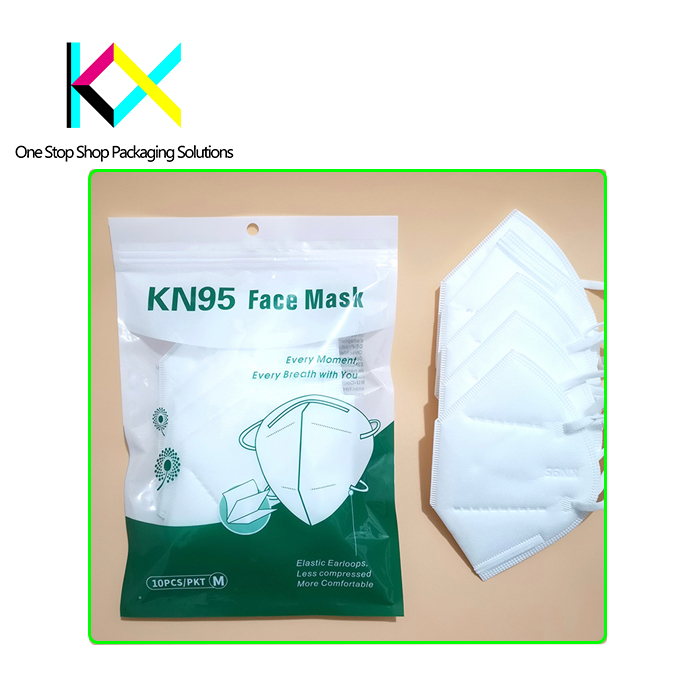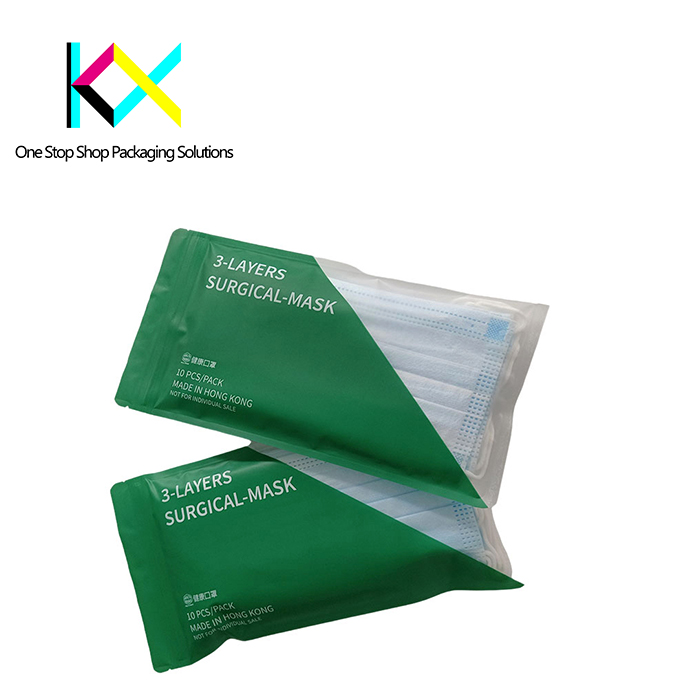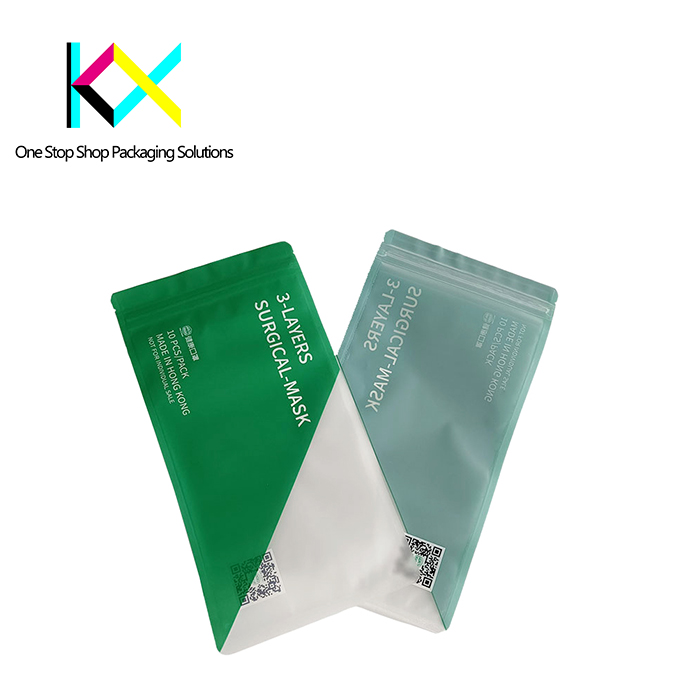Eco Friendly Packaging Pouches: Redefining Sustainability in the Flexible Packaging Revolution
The rise of eco friendly packaging pouches marks a pivotal shift in the global fight against plastic pollution, driven by consumer demand, regulatory pressure, and material innovation. As brands scramble to align with circular economy principles, eco friendly packaging pouches—particularly biodegradable variants—are emerging as both a solution and a challenge. From snack bars to premium coffee, these pouches promise to protect products while decomposing harmlessly. But beneath the green veneer lies a complex landscape of scientific breakthroughs, regulatory hurdles, and evolving consumer expectations. Let’s unpack how eco friendly packaging pouches are reshaping industries—and what it takes to avoid greenwashing pitfalls.

The Science Behind True Biodegradability
Not all biodegradable plastic pouches live up to their claims. Many rely on oxo-degradable additives, which fragment plastics into microplastics—a practice banned in the EU due to environmental risks. Authentic biodegradability requires materials like PLA (polylactic acid) or PBAT (polybutyrate adipate terephthalate), which break down into water, CO₂, and biomass under specific conditions. For instance, TC Transcontinental’s compostable bags use proprietary sealants and adhesives certified for industrial composting, ideal for closed-loop systems like festivals or stadiums. However, home-compostable options remain scarce, as most films degrade too slowly to survive supply chain stresses.
Recent advancements are bridging this gap:
-
Nanocellulose coatings: Enhance barrier properties in biodegradable zip lock pouches, achieving oxygen transmission rates rivaling traditional plastics.
-
Algae-based resins: Brands like Algenesis create marine-degradable films that dissolve in seawater within 24 weeks, addressing ocean plastic crises.
-
Edible adhesives: Mori’s chitosan-based glues allow biodegradable packaging pouches to transform into fertilizer when buried

Regulatory Realities and the Certification Maze
Legislation is accelerating adoption while exposing loopholes. California’s Extended Producer Responsibility (EPR) laws now incentivize compostable food packaging, pushing brands to reformulate biodegradable plastic packaging bags for compliance. Meanwhile, certifications like BPI (industrial composting) and OK compost HOME (backyard) are becoming non-negotiable. Elevate Packaging’s PURE Labels™, the first certified compostable labels in North America, exemplify this rigor. Yet, 41% of “biodegradable” products fail basic disintegration tests, underscoring the need for third-party verification.

The Freshness vs. Sustainability Dilemma
While eco friendly packaging pouches excel in environmental credentials, many struggle with functionality. Traditional aluminum-lined coffee bags offer 24-month freshness, but PLA-based alternatives historically faltered. Innovations are turning the tide:
-
Active oxygen scavengers: Embedded iron particles in biodegradable zip lock pouches extend coffee aroma retention by 40%.
-
UV-blocking lignin: Derived from forestry waste, this additive protects sensitive products like vitamins without compromising compostability.
-
PCR hybrids: Post-consumer recycled content, like TC Transcontinental’s 35% PCR stand-up pouches, balances sustainability with performance.

Closed-Loop Systems: Where Biodegradables Shine
The true potential of biodegradable packaging pouches lies in controlled environments:
-
Hospitality and events: Music festivals like Glastonbury now collect compostable pouches with food waste, diverting tons from landfills.
-
E-commerce trials: HelloFresh’s pilot programs use biodegradable plastic pouches with humidity sensors to reduce returns by 18%.
-
Medical applications: Vireo Health’s cannabis pouches employ UV-resistant, home-compostable films compliant with FDA standards.
The Infrastructure Gap and Consumer Confusion
Despite progress, systemic challenges persist. The UK lacks facilities to process compostable pouches, forcing brands to rely on supermarket drop-offs. Meanwhile, 68% of consumers mistakenly toss biodegradable plastic packaging bags into recycling bins, contaminating streams. Solutions are emerging:
-
Blockchain tracking: QR codes on Farmer Direct’s coffee pouches trace decomposition progress, rewarding users with loyalty points.
-
AI-guided disposal apps: TerraCycle’s Scan2Recycle uses image recognition to educate consumers.
Future Frontiers: Beyond “Biodegradable” Buzzwords
The next wave of eco friendly packaging pouches will blend smart tech with radical material science:
-
Self-degrading inks: Lactips’ enzyme-triggered prints accelerate decomposition when buried.
-
Mycelium-reinforced layers: Ecovative’s mushroom-root networks add tear resistance to biodegradable zip lock pouches.
-
Carbon-negative materials: Coffee husk-based pouches sequester CO₂, as seen in Death Wish Coffee’s 30% emissions cut.
A Call for Honesty and Innovation
The journey toward authentic sustainability demands transparency. Brands must:
-
Ditch vague claims: Replace “biodegradable” with specific certifications (e.g., ASTM D6400).
-
Design for infrastructure: Prioritize regions with composting facilities or invest in closed-loop partnerships.
-
Educate consumers: Use AR tutorials to demonstrate proper disposal of biodegradable packaging pouches.
As legislation tightens and greenwashing scrutiny intensifies, eco friendly packaging pouches are no longer a niche choice but a market imperative. From algae-based films to blockchain-tracked decomposition, the industry is proving that sustainability and performance can coexist—one properly certified pouch at a time.
You can visit our website to know more about our compostable pouch:
